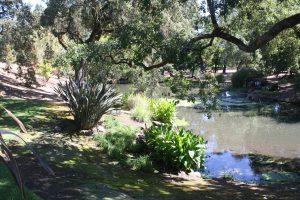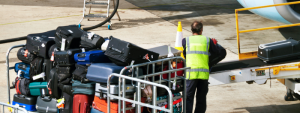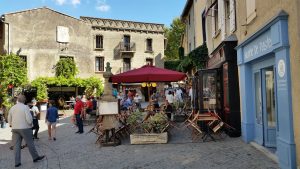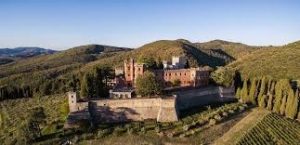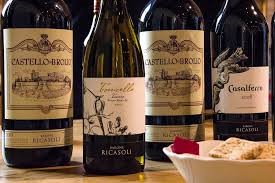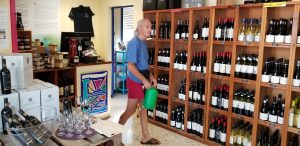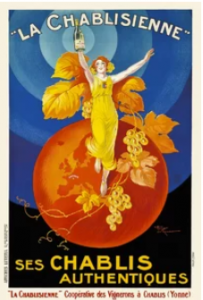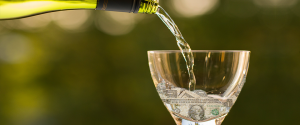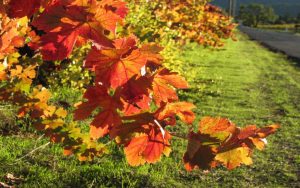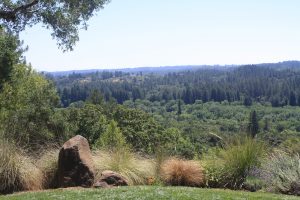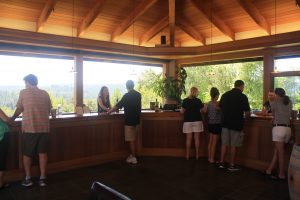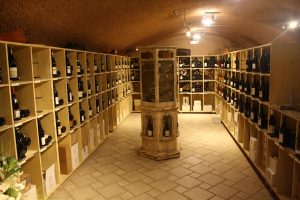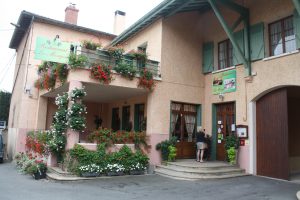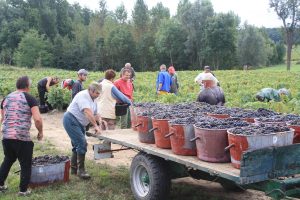For us, it is impossible to think of our experiences of tasting wine in Napa Valley not to think about Domaine Chandon. It was the first place we visited on our first wine tasting trip to Napa Valley. The site was beautiful; the education about making sparkling wine stayed with us forever; and the wine was first rate. This was in the late 70’s and everything was new and wonderful, only enhanced by the haze of time.
It was the beginning of an avocation that has led to this e-magazine.
There are differences between that experience and the one you can have if you visit Domaine Chandon today. At that time, the winery included a restaurant, Étoile, that closed in 2014. Back then, the restaurant was the seat of haute cuisine in Napa Valley, and people flocked there to taste real French food (!) in America, washed down with real French Champagne (!!).
But real Champagne comes only from the section of France by the same name. Domaine Chandon is a subsidiary of the French company Moet et Chandon and so they never describe their American product as Champagne (with or without a capital c). Their labels eschew any description at all, except to say that they are Brut (or rosé) and Méthode Traditionelle.
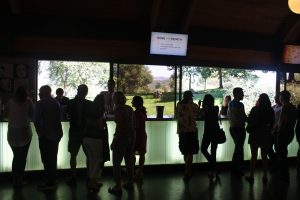
The tasting room overlooking the gardens.
The educational experience at Domaine Chandon is also diminished from the olden days. Then, a guide walked you through the winery and explained double fermentation, dosage and how they got that big cork into the bottle. Today, you can walk through yourself and read the plaques as you go, but it’s not the same thing. After the tour you were invited to sit in the charming little garden under umbrellas and they would bring you a glass of sparkling wine, a little bowl of spread cheese and croutons.
After all about what it was, Domaine Chandon is still worth a visit today. There are far more sparkling wines to taste than in the past, including Pinot Noirs that were not even thought of then. The tasting room offers many wines to compare, including the Bruts from around Napa Valley. Depending on the day, they may open wines from Yountville (the mother ship), Carneros or Mt. Veeder. Their top wine was and is Étoile, in Brut and rosé, as well as the top of the top, the Tête du Cuvée (which is rarely available for tasting but is, of course, sold there).
The grounds are gorgeous, a sprawling campus with fountains, ponds and greenery that invite a long, lazy afternoon, sipping Champa…, oops, sparkling wine. And Domaine Chandon makes that easy with a spacious veranda and seats around the gardens.
Unfortunately Domaine Chandon is to an extent the victim of its own success. It was the first French winery to open in the United States and it has been a landmark for more than 40 years. So people arrive in great numbers, especially on beautiful summer weekends. If you are there on a busy day, you will be given your tastes but will feel rushed and you won’t be able to engage in much conversation with the server. Maybe a rainy day in November is the best time to visit. Our last experience at Domaine Chandon was not enjoyable because of all those inconveniences. It was also so crowded that getting to the bar to ask for another tasting was almost impossible.
But try it, take in the beauty of the site and of the architecture of the tasting room and enjoy the wines. You’ll become a part of California history.
